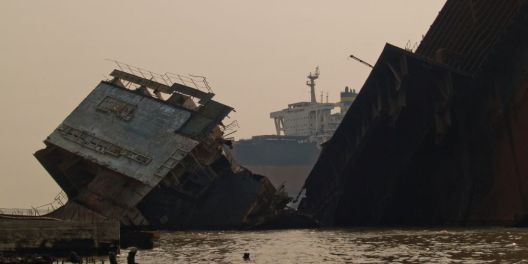There were lots of Pink salmon moving up the Tsolum River on the night of August 24th. But for many of them, their trip would end in tragedy.
Flows along the Tsolum have been really low lately, and there are lots of shallow spots. So the Tsolum River Restoration Society has been keeping an eye on late summer migrations. What they found that Tuesday evening was depressing.
The shallow sections of the river were creating bottlenecks for the fish. Unfortunately, the Pinks were getting bunched up in the bottlenecks and couldn’t get past them.
Like people, salmon breathe in oxygen and breathe out carbon dioxide. Salmon breathe water rather than air, but that water still needs to be full of oxygen for the fish to survive. Fast-moving water has more dissolved oxygen than still water does.
So when lots of fish get trapped in an area with a small amount of slow-moving water, it doesn’t take long for them to breathe in all the oxygen and turn it into carbon dioxide.
With all those fish in those small pockets of the river, they used up all of the oxygen in the water.
In a way, they suffocated to death.
According to the Restoration Society‘s Facebook page, more than 1,000 fish died that evening.
There is a bit of hope, though. They also say the fish that made it past the bottlenecks are moving well.
As of August 25, the Pinks had gotten upstream as far as the hatchery on Headquarters Creek.









